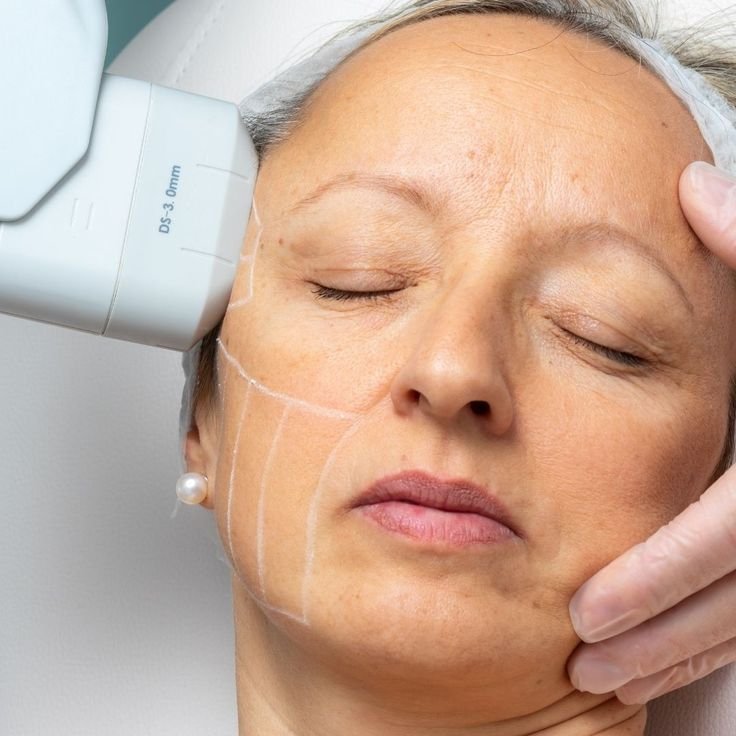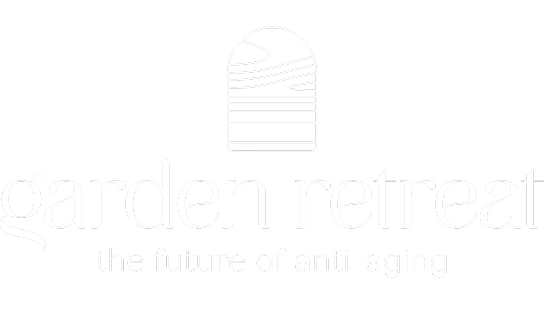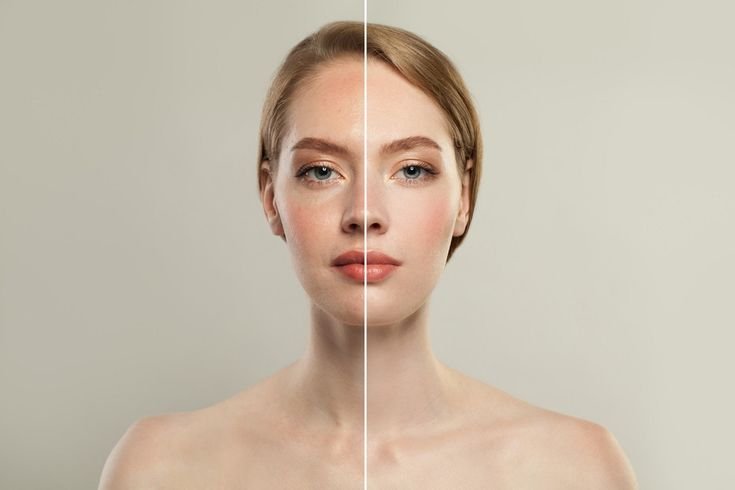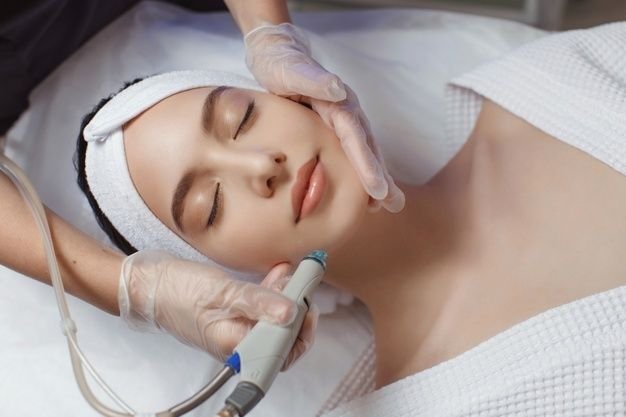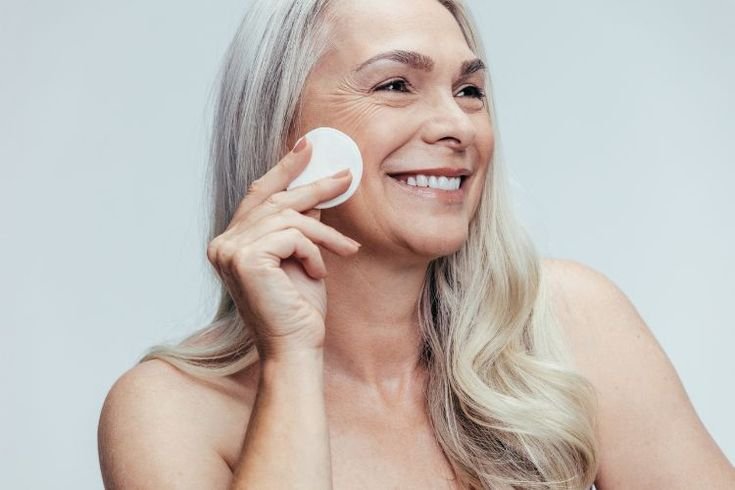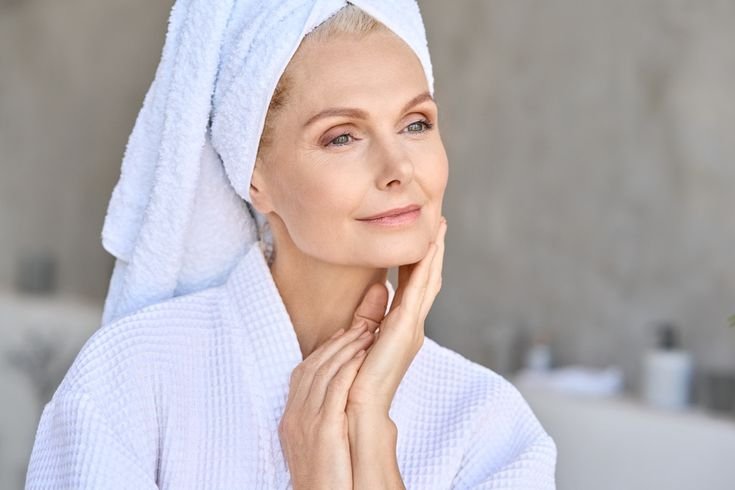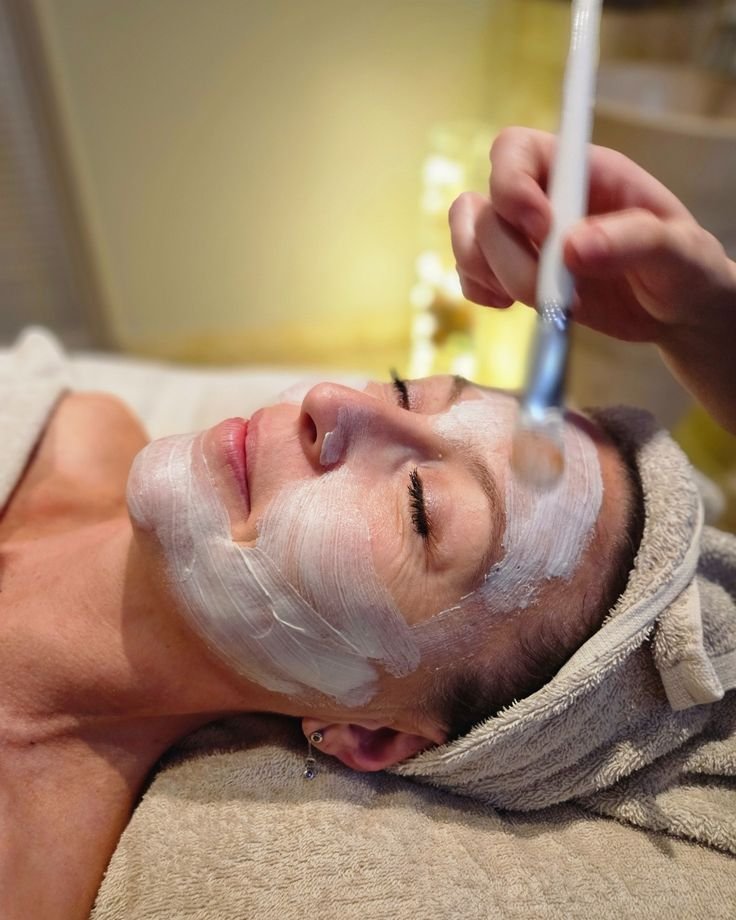The Healing Power of Youthful Skin: Why Younger Skin Heals Better
The ability of skin to heal is a remarkable process that plays a crucial role in maintaining overall health and well-being. While skin healing is a natural function that occurs at any age, there are notable differences in the healing capacity between youthful and aged skin. In this article, we’ll explore why youthful skin heals better than old skin and the factors that contribute to this phenomenon.
Enhanced Collagen Production: One of the key factors that contribute to the superior healing capacity of youthful skin is its ability to produce ample amounts of collagen. Collagen is a structural protein responsible for maintaining skin firmness, elasticity, and strength. Younger skin has a higher turnover rate of collagen synthesis, allowing it to quickly repair and regenerate damaged tissue during the healing process.
Faster Cell Turnover: Youthful skin exhibits a more rapid turnover of skin cells compared to aged skin. This increased cellular turnover rate facilitates the removal of damaged or dead skin cells and promotes the generation of new, healthy cells. As a result, wounds and injuries on youthful skin heal more efficiently and with less scarring compared to older skin.
Stronger Immune Response: The immune system plays a vital role in the skin’s healing process by combating infection, reducing inflammation, and promoting tissue repair. Youthful skin tends to have a more robust immune response, thanks to the presence of active immune cells that effectively target and eliminate pathogens and foreign invaders. This heightened immune activity accelerates the healing process and reduces the risk of complications.
Enhanced Blood Circulation: Healthy blood circulation is essential for delivering oxygen, nutrients, and immune cells to the site of injury or trauma. Youthful skin typically exhibits better blood circulation due to the presence of intact blood vessels and capillaries. Improved blood flow ensures efficient nutrient delivery and waste removal, facilitating faster healing and tissue regeneration.
Higher Levels of Hydration: Optimal skin hydration is critical for maintaining skin health and supporting the healing process. Younger skin tends to retain moisture more effectively due to a well-functioning barrier function and higher levels of natural moisturizing factors. Adequate hydration helps create an optimal environment for cell proliferation, collagen synthesis, and tissue repair, promoting faster and more efficient healing.
While skin healing is a complex process that occurs at any age, youthful skin possesses inherent advantages that contribute to its superior healing capacity. Factors such as enhanced collagen production, faster cell turnover, stronger immune response, improved blood circulation, and higher levels of hydration all play crucial roles in ensuring that wounds and injuries heal more effectively in younger individuals. By understanding the mechanisms behind youthful skin healing, we can gain valuable insights into developing strategies to promote optimal skin health and enhance the skin’s natural healing abilities.
Related Posts

Facial Treatment
The Rise of Non-Surgical Facelift Treatments: A Modern Approach to Rejuvenating Your Appearance

Skincare
Enhancing Your Skincare Routine with Regular Facial Treatments: A Comprehensive Guide
